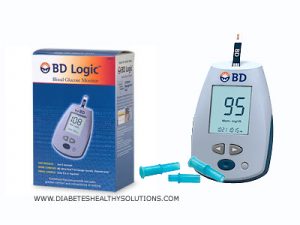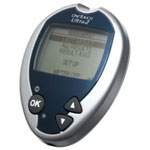Understanding Blood Glucose Machines
Post Updated: 28th March 2023 Blood glucose machines, also known as blood glucose meters, are medical devices used to measure the level of glucose in the blood. These devices are essential for people living with diabetes. They help monitor blood sugar levels and make informed decisions about their diet, exercise, and insulin intake. Buying a blood glucose machine can be a daunting experience for many people. Which one is the best for me..? Which is the most reliable? In recent years, there have been many advancements in blood glucose machines, and many different types are…


